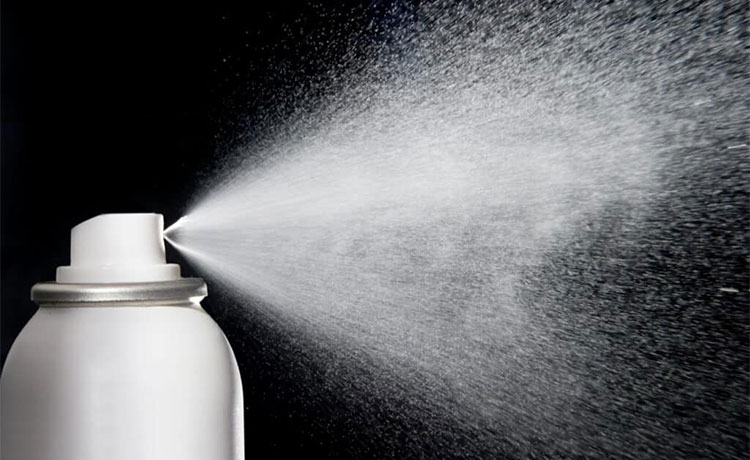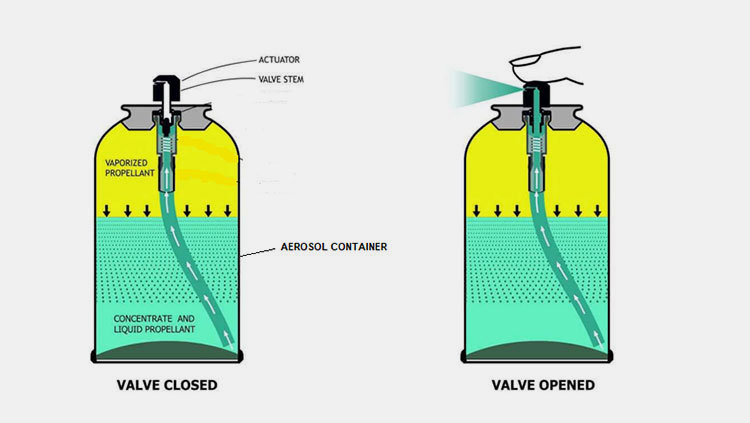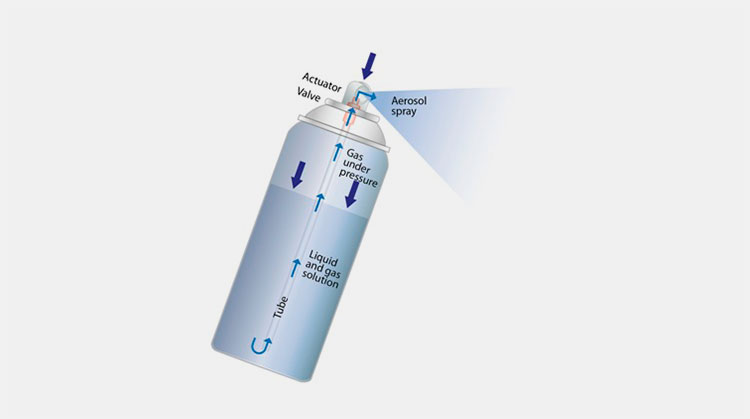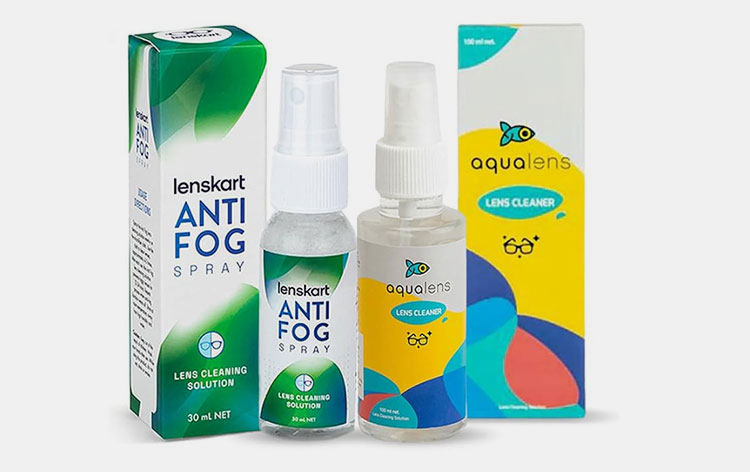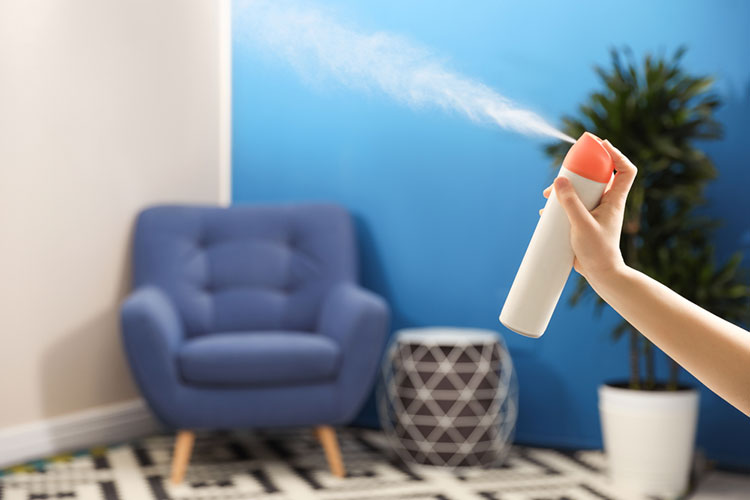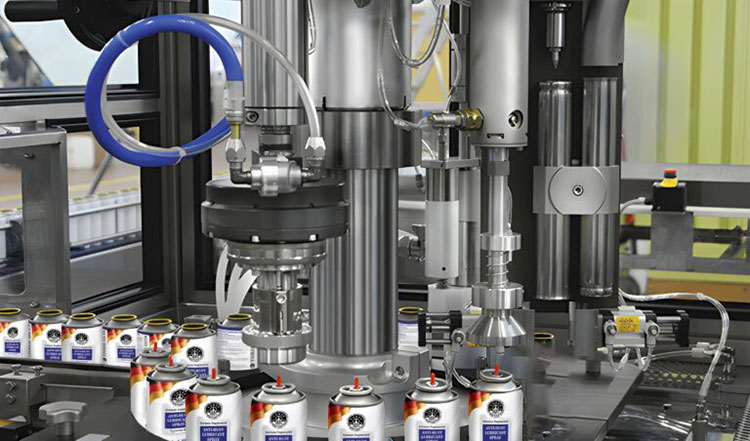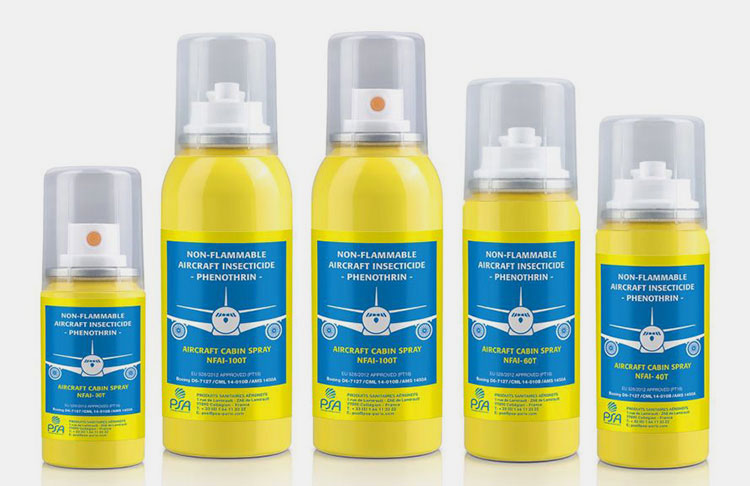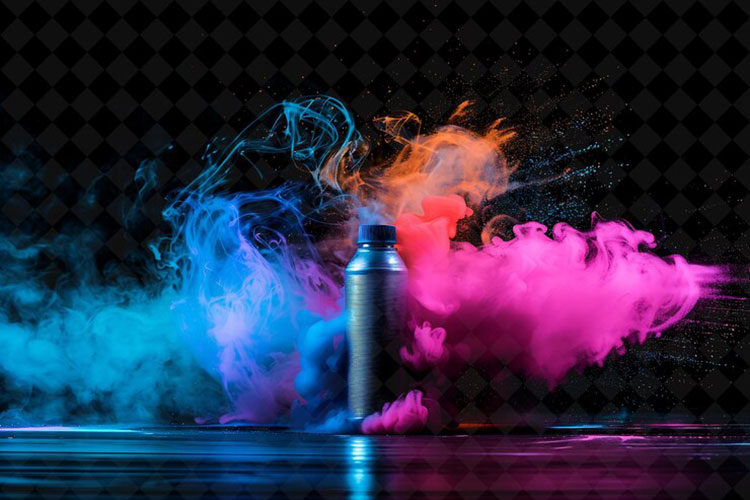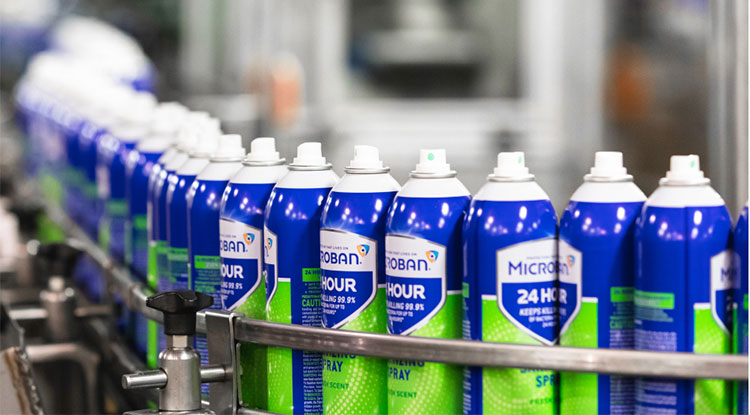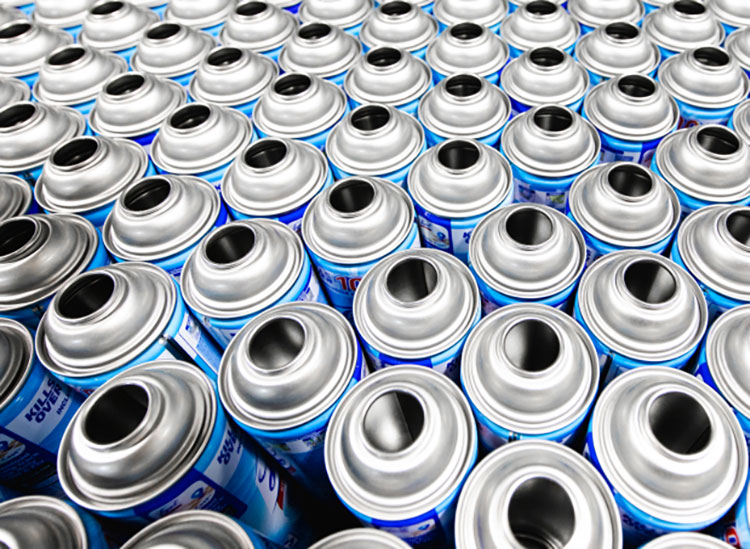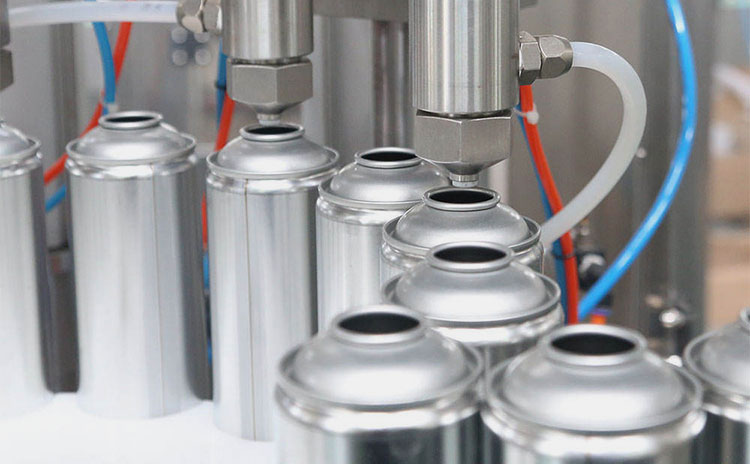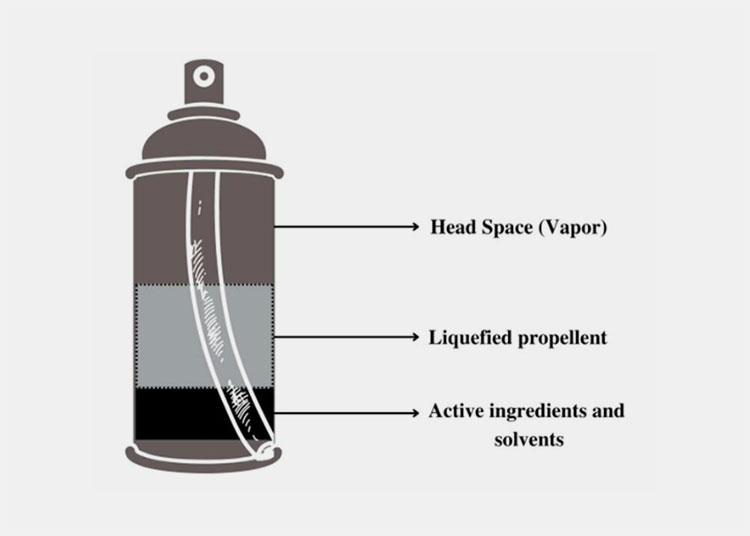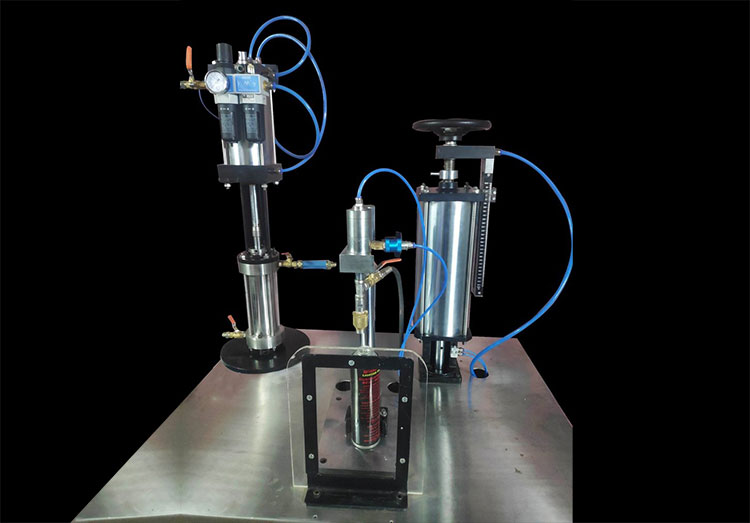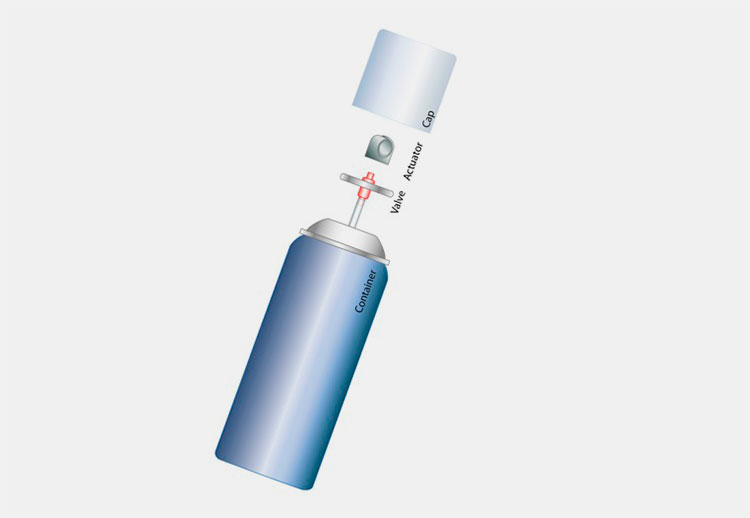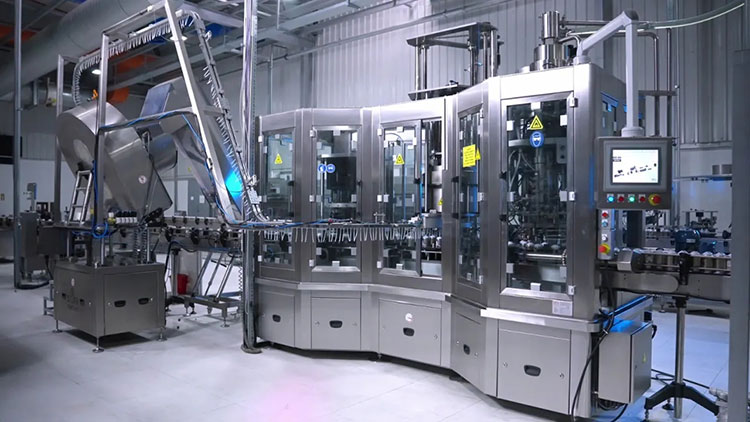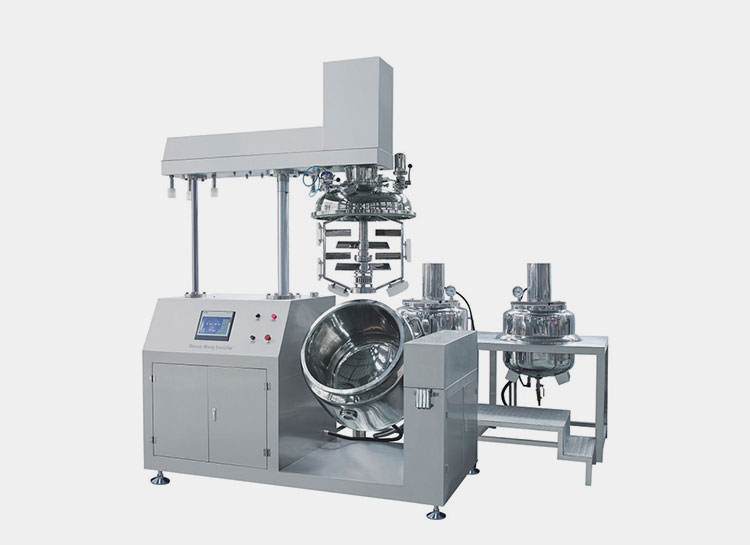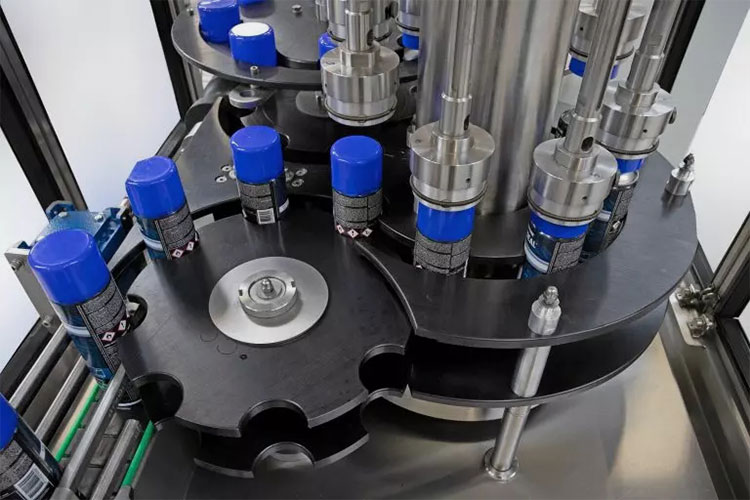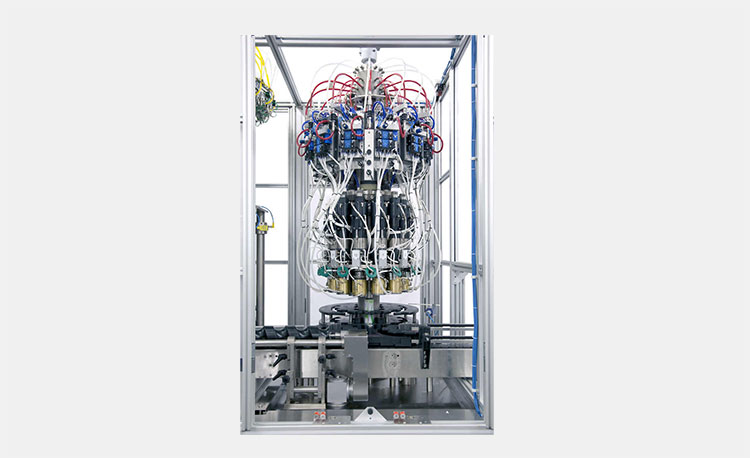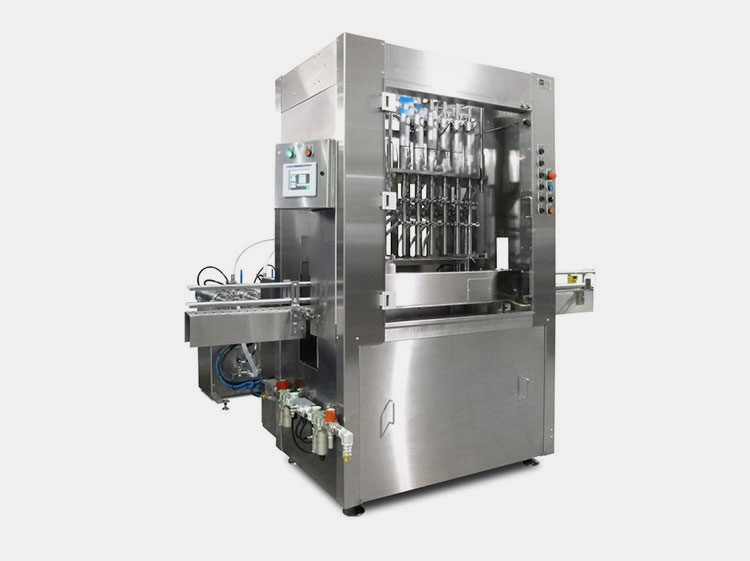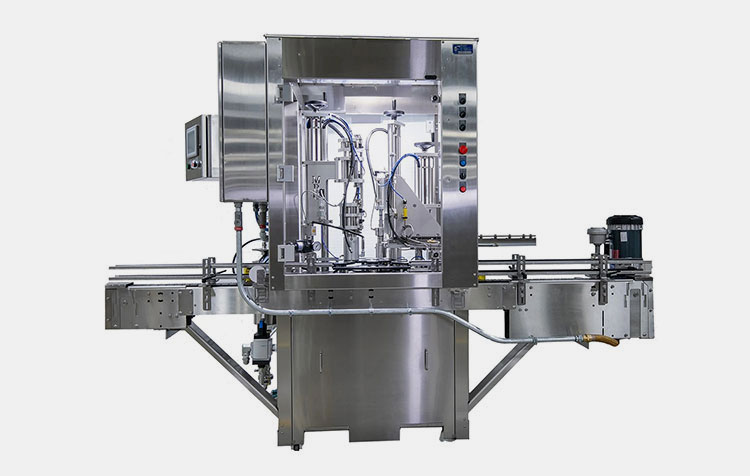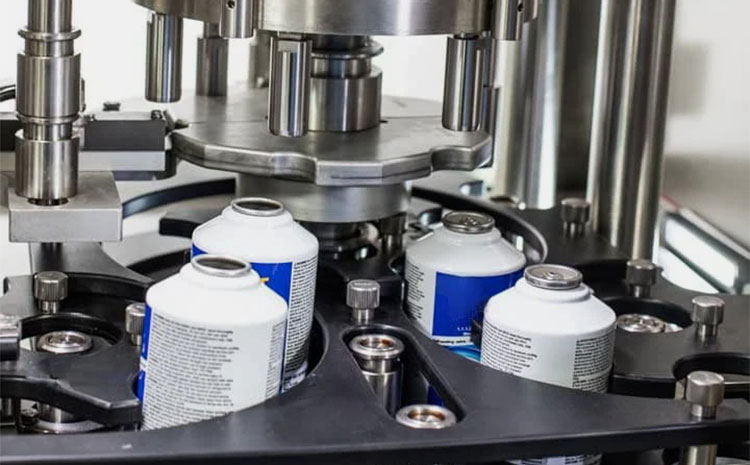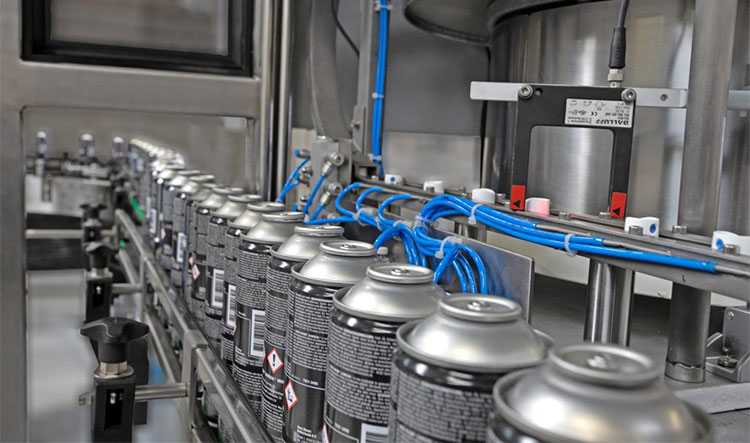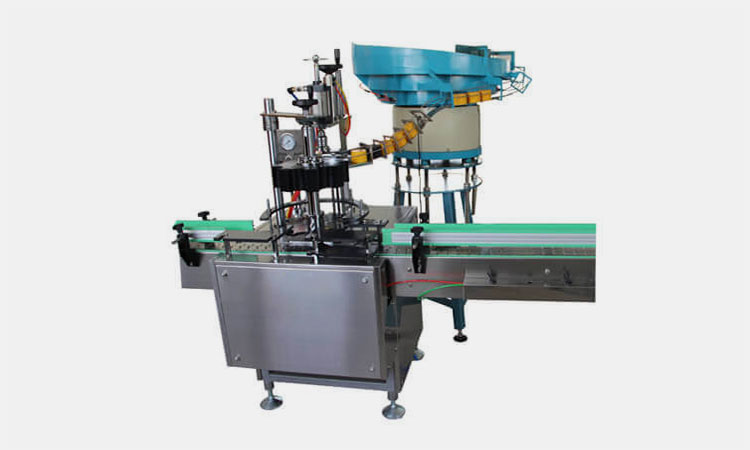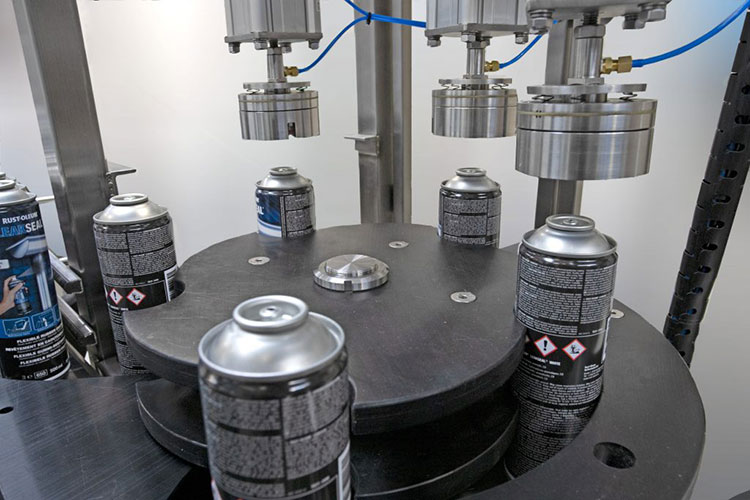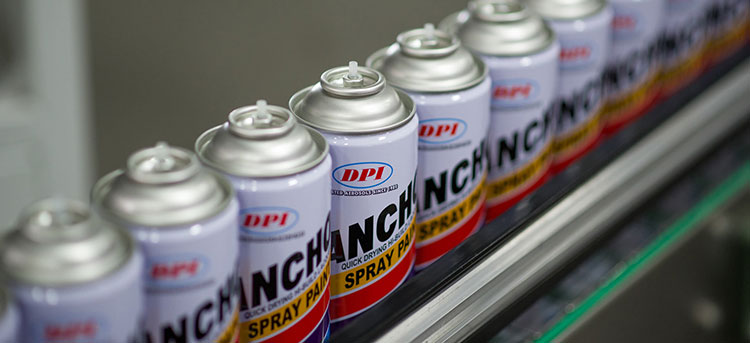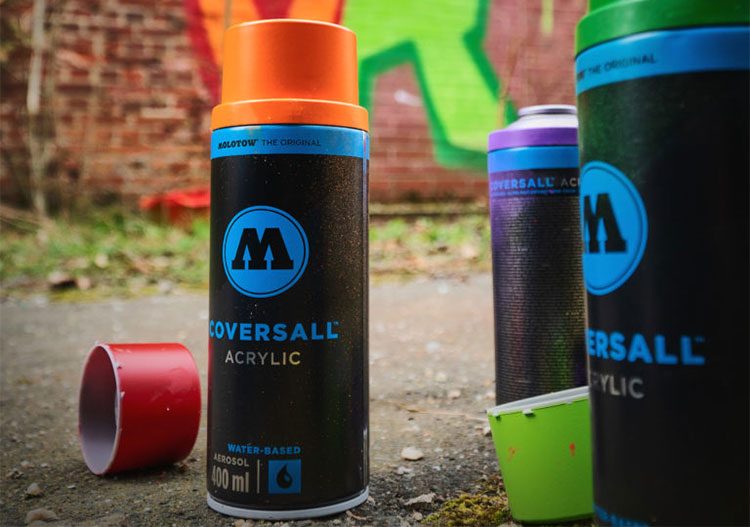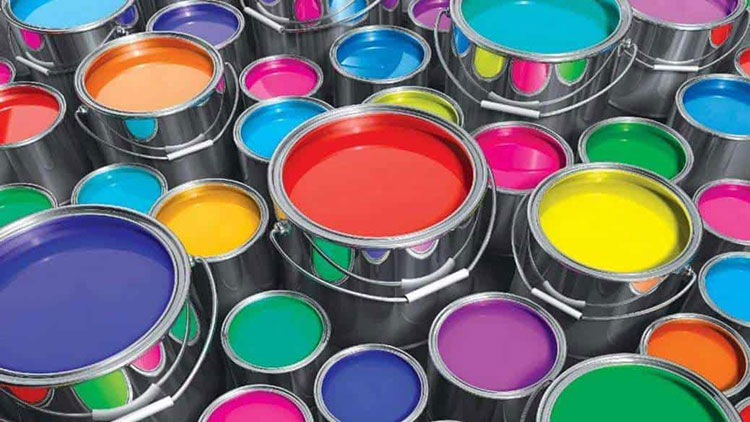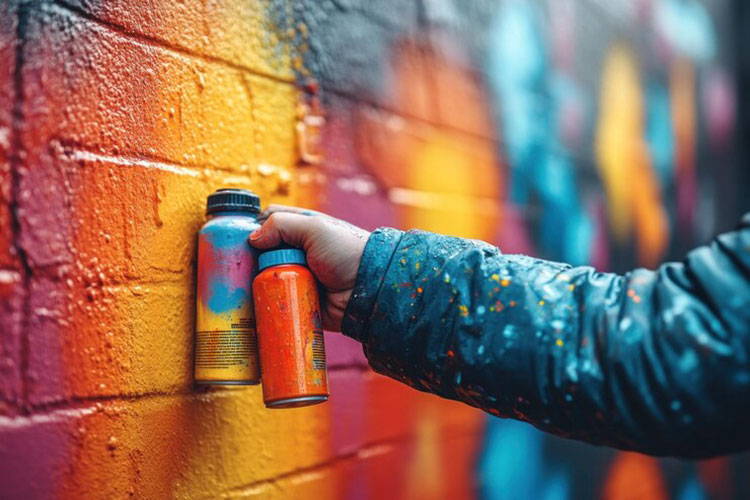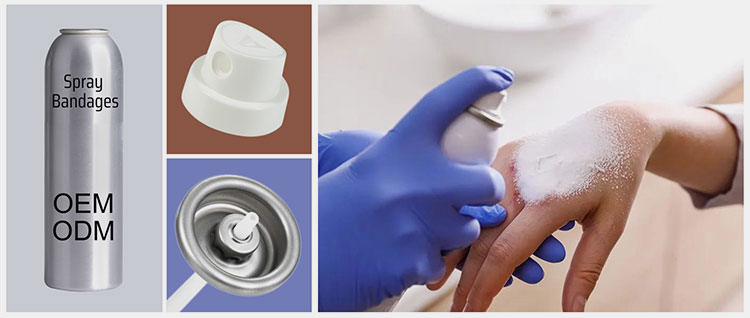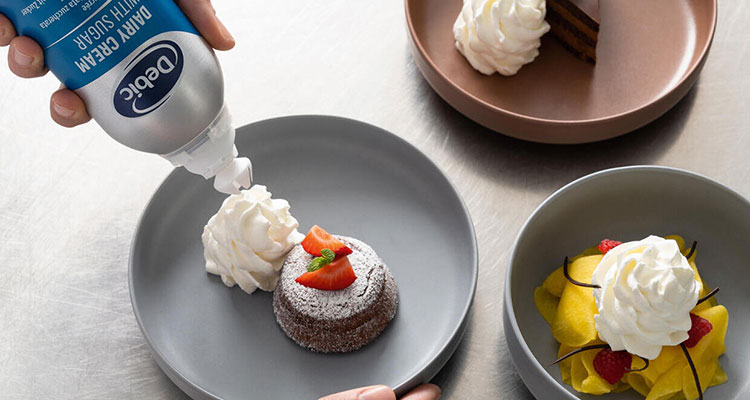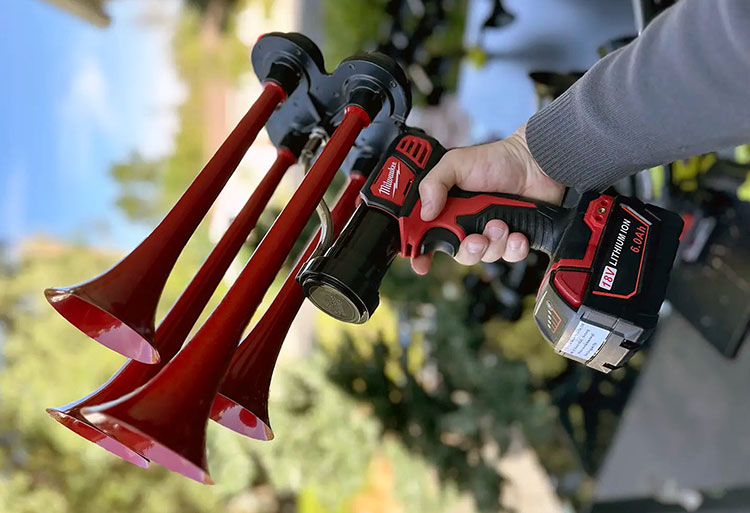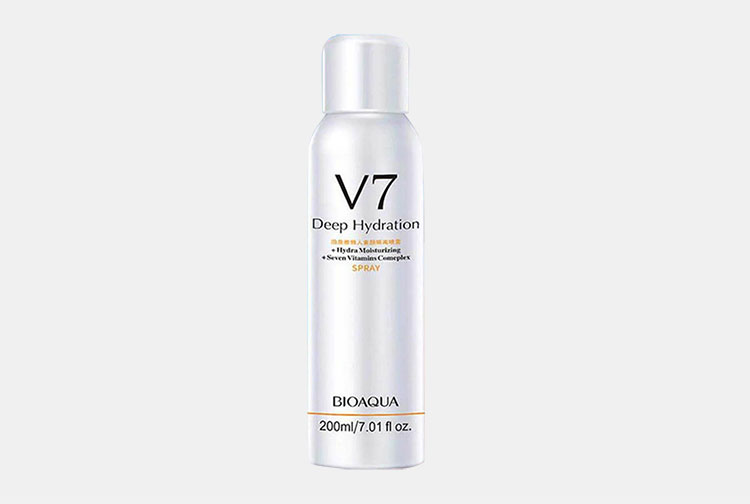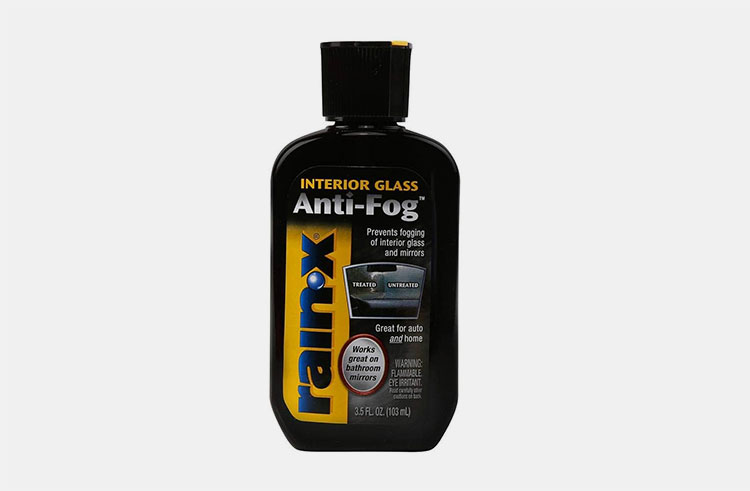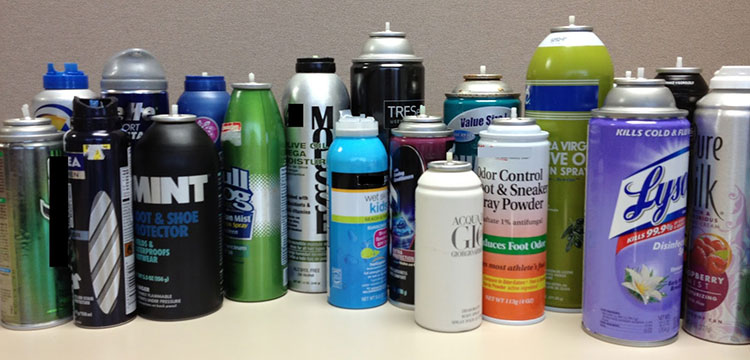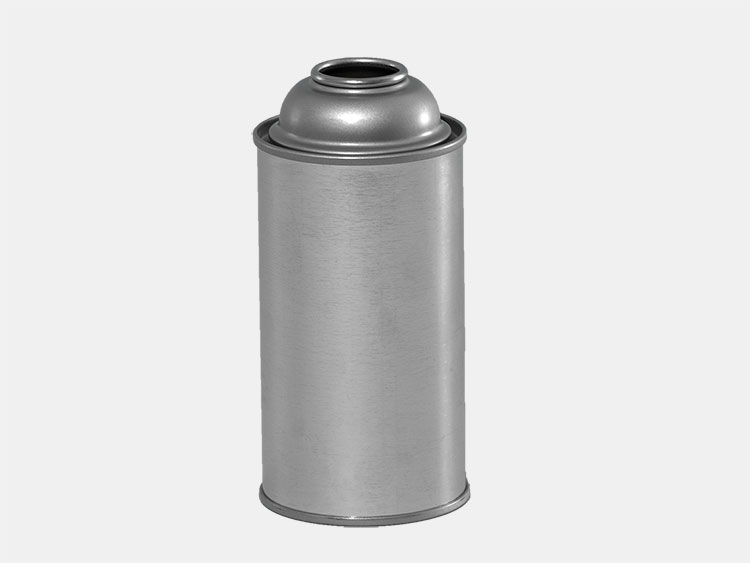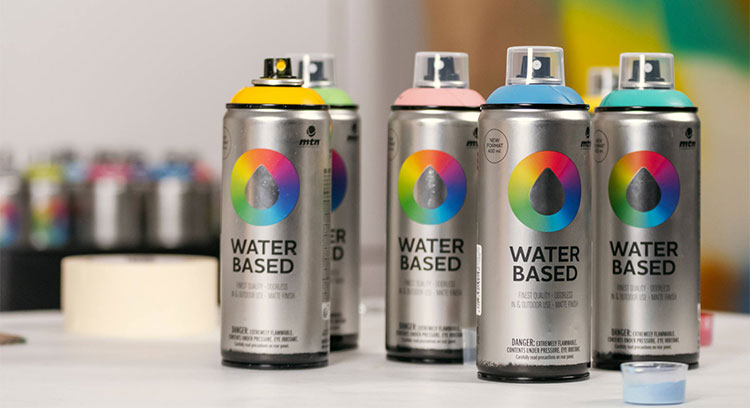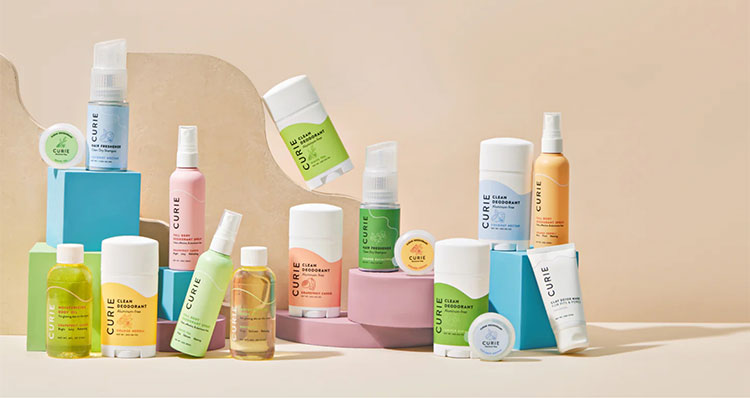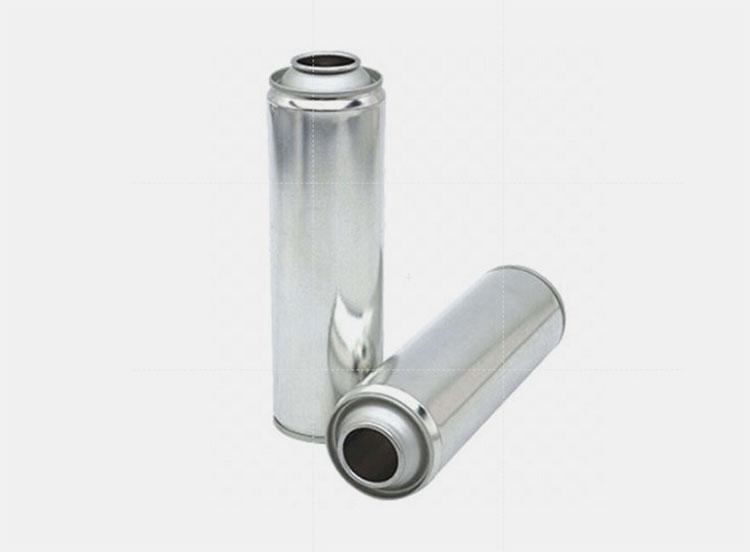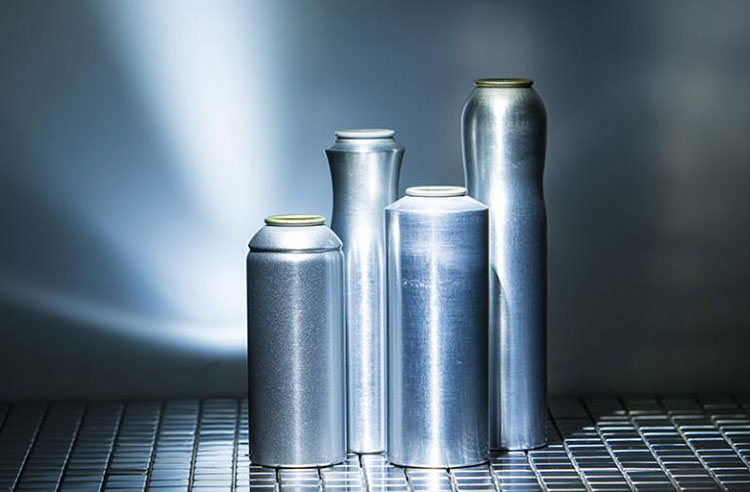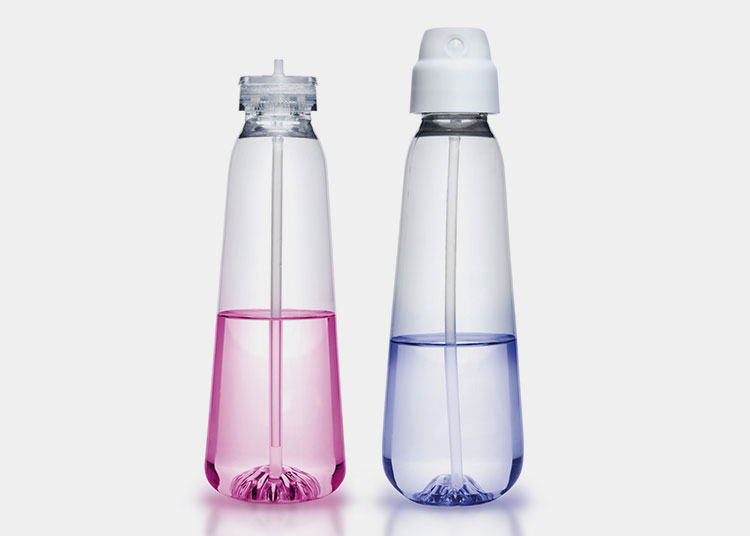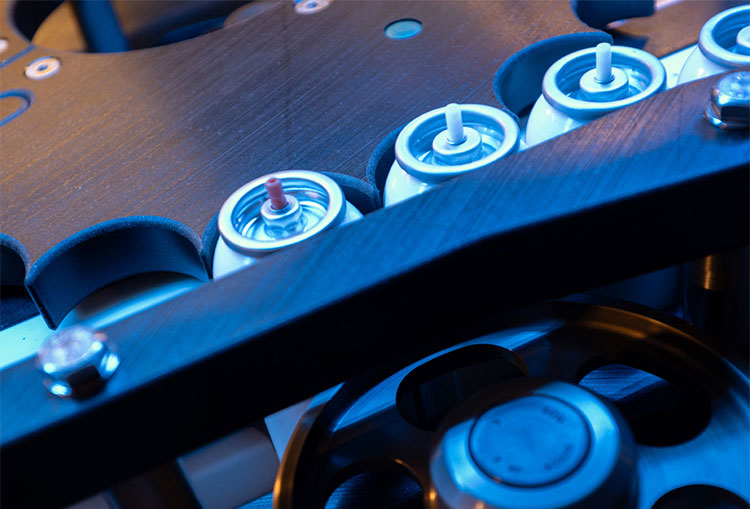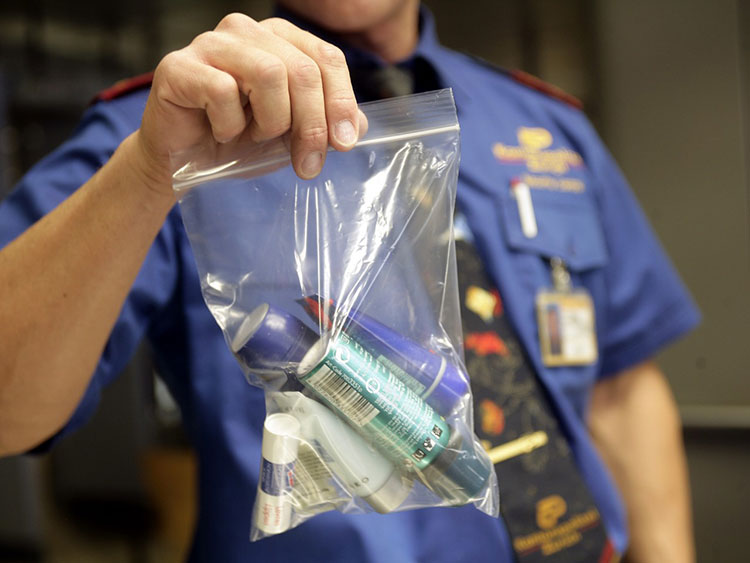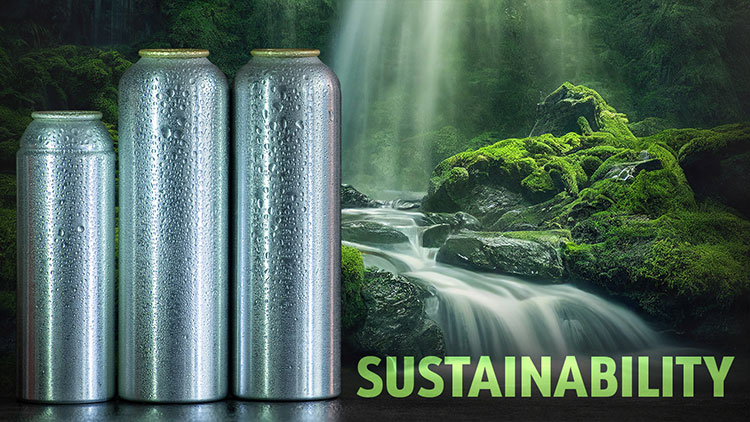Aerosol Manufacturing Process: The Complete FAQ Guide in 2025
The aerosol manufacturing process is intricate and covers a broad range of steps. To start an aerosol manufacturing unit one should know how these aerosols are fabricated, through this systematic process.
The aerosol manufacturing process has its significance, for creating essential and everyday use products like sprays, forms, and mist. It has applications in the areas of personal use products and industrial ones.
This article will cover all the basics and give you an extensive guide to the aerosol manufacturing process, answering all the possible questions that may arise in your mind. Let’s explore the answers.
1.What are the aerosols called in the aerosol manufacturing process?
Aerosol manufacturing process
The aerosols used in the aerosol manufacturing process are suspensions of liquid or solid (Active ingredient) into gas. Is it amazing how these tiny particles suspended in gas could allow the work to be done efficiently? Like painting, cleaning, protecting some sort of material, or lubrication.
The aerosol manufacturing process developed the aerosol products in pressurized containers. The active ingredients are released as suspension of particles in the air. The product is dispensed in the form of sprays, foams, gels, etc.
2.What are the main components of the aerosol manufacturing process?
Components of Aerosol Manufacturing Process- Picture Courtesy: Mosil Lubricants
So some ingredients are the key components in the aerosol manufacturing process. Let’s discuss them one by one:
Propellants
Do you know the reason behind the dispersion of active ingredients in the state of fine globules in the container? It’s the propellants that keep them in this form by creating pressure inside the can and providing even coverage.
Product Concentrate
It includes the combination of the following ingredients to formulate the product. It may be a solution, suspension, semisolid, emulsion, or powder:
Active ingredients
we add active ingredients to provide the primary function of the formulation in the aerosol manufacturing process. That might be cleaning, painting, therapeutic function, or coating.
Solvents
It acts as the medium for active ingredients to dissolve and create a stable solution. And gives a uniform dispersion after the administration.
Stabilizers
These are the reasons for the stability of the formulation and the shelf life.
Aromatic agents
They are scent additives including natural essential oils or synthetic aromatic compounds
Aerosol containers
These are made of plastic or metal cans. Used for the distribution of the liquid into mist or fog.
Valve and actuator
It defines the state in which the product is released which varies according to the type of valve, actuator, and spout mechanism. The actuator is used when the product is desired to be released in the form of mist. The spout is used when the discharge of the product is another form than mist.
3.What are the propellants and the different types used in the aerosol manufacturing process?
Propellants- Picture Courtesy: FEA
The term propellant is used for any substance that gives motion to another substance or object upon expansion. So its role in the aerosol manufacturing process is quite obvious, works as a stimulant for the product to come out of the can when someone presses the actuator.
It has 3 functions:
- Pressurization
- Product Release
- Emptying the can
Below are the different types of propellants that can be used in the aerosol manufacturing process. These are selected based on the desired particle size, vapor pressure, and solubility:
Compressed Gases
Contact Lens Cleaning Solution
The compressed gases are used as propellants to dispense the product as a wet spray or solid stream. These are filled above the solution of the product in headspace. Common examples are nitrogen, carbon dioxide, and regular air.
These gases are inert. They don’t have an ozone depletion effect and neither cause global warming. Therefore, considered safer than hydrocarbons for the environment. Ointments, aqueous antiseptic and germicidal aerosols, and contact lens cleaner saline solution are some examples where these propellants are used.
In some products these propellants have shelf life restrictions as well as carbon dioxide affect climate change than other propellants. The containers with high pressure can blow up if they face high temperatures or any physical harm
Liquefied Gases
Air Fresheners
The liquefied gases as propellants used to dispense the product in the form of fine mist or foam. They are inert and less toxic. Common examples are butane, isobutene, and propane. Food-grade packaging material, air fresheners, and perfumes are some examples of where these propellants are used.
Some of them harm the environment even though they provide effective dispensing of the product. For example, butane can easily catch fire and cause an explosive environment upon leakage in a small area.
4.How is the aerosol manufacturing process performed, and what are the principle steps of it?
Aerosol Manufacturing Process- Picture Courtesy: School Science
As we mentioned earlier it is an intricate process. There are several steps involved in the aerosol manufacturing process. Let’s start to discuss them systematically:
Step # 1: Formulation Development
Insecticide Spray- Picture Courtesy: Honeywell
The all process starts from the selection of active ingredients intended for specific purposes. Like paint aerosol, deodorant aerosol, or insecticide aerosol. Other than active ingredients, the formulation also consists of solvents, stabilizers, preservatives, emulsifiers, colorants, and aromatic agents.
After the selection of formulation ingredients, precise calculations are carried out. The software is used to model formulations and then perform physical tests to ensure standards are met before moving to the next step.
The accurate formulation of the product ensures the effectiveness, performance, and safety of the final product.
Step # 2: Mixing and Blending
Paint Spray Aerosol Manufacturing Process
The mixing step is carried out in large-scale mixing vessels or tanks. These mixers have advanced systems for mixing a broad spectrum of ingredients, like powder or viscous liquids with flexibility.
During mixing, temperature regulation is very important as we know that some ingredients require cool temperature treatment while some require heating to create and maintain the desired consistency of the product. It can be achieved via temperature-controlled vessels.
In some formulations, waxes are used like in hair sprays or paints. These waxes have to be melted before incorporating in other ingredients. Likewise, some ingredients need to be added earlier while others are added at different levels of mixing to maintain the stability of the final product.
For the assurance of the right amount of ingredients added at the right time, automated systems are utilized. At this step, tests are performed for quality control of vital parameters. After achieving the required consistency, the mixture is filtered out to remove any impurities added during this step. After that, the mixture is brought to the filling machine.
Step # 3: Filling of Cans
Cans Filling Process- Picture Courtesy: Aerofil
It is an automated process that involves the transfer of the formulated and blended product into the cans during the aerosol manufacturing process. It has different steps as follows
Cans cleaning and integrity test
Cans Preparation- Picture Courtesy: Aerofil
The cans are cleaned thoroughly to remove any impurities that can cause contamination. Metal cans are cleaned through steam or air jets. Plastic or glass cans are cleaned by washing.
Also, the integrity of the can is tested before and after the filling of the product to ensure that there is no damage or defects.
Filling of the Product
Product Filling
The automated machines fill the liquid products with equal and right amounts into the prepared cans. The speed of the filling machine is adjusted according to the production scale. A clean and contaminated-free environment should be maintained during the filling process.
Keeping Headspace
Headspace for Propellant Filling- Picture Courtesy: Research Gate
The headspace is crucial for the injection of the propellant in the coming step. So therefore care should be taken to avoid filling cans to the brim.
Step # 4: Injection of the Propellant
Propellant Filling Machine
The propellant injecting machines are utilized to inject the propellant into the cans. This step is delicate one that an accurate amount of propellant should be injected. Because this step has an influence on the functionality of the final product. If the propellant is added in excess, it will over-pressurize the cans.
The injected propellant occupied the place of air in the headspace of the cans and built the right pressure to discharge the product.
Step # 5 Assembly of Valve and Actuator
Assembly of Valve and Actuator- Picture Courtesy: FEA
This process is fully automated and the machines put the valve components together in the right order. The components of the valve include the valve cup, stem, and spring. When you press the actuator, the stem moves, and then the spring returns the stem in its place after every use.
After the assembly of the valve, the actuator (outer part) is brought into place. After you press the actuator the product will release.
5.What are the key pieces of equipment in the aerosol manufacturing process?
Key Equipment
The secret behind the simplicity of the spray can is the intricate components and techniques. Let’s discuss the key pieces of equipment that make the aerosol manufacturing process seamless.
Mixing Vessels
AIPAK Up Homogenizer Vacuum Emulsifying Mixer
The selection of mixing tanks and vessels depends on the formulation and production needs. For example, high-shear mixers, propeller mixers, or turbine mixers.
Jacketed mixing tanks can be used for the formulations that need a temperature control system. As it will adjust the heating and cooling of the contents according to the desired temperature condition during the process.
For the formulations where deaeration is desirable or to avoid air incorporation, vacuum mixing vessels are the first choice.
Aerosol Filling Machine and Propellant injecting system
Aerosol Filling Machine- Picture Courtesy: R&R
The aerosol filling machine is a crucial piece of equipment in the aerosol manufacturing process. It can be semi-automatic or fully automatic. Selection depends on the desired production outcomes.
Automatic filling machines include rotary filling machines, inline filling machines, and bag-on-valve filling machines.
The key functions of the aerosol filling machine in the aerosol manufacturing process include:
- Filling of the product
- Crimping (secures the valve to the container and provides airtight sealing).
- Propellant injection
- Leak testing (the pressure testing equipment used to check if the cans are sealed properly or have sufficient pressure before packaging)
Rotary Filling Machines
Rotary Aerosol Filling Machine- Picture Courtesy: R.A Jones
It requires minimal manual interventions. It uses a rotating mechanism that rotates the containers through the different stations including filling, crimping, and gas stations. It provides high-speed production.
Inline Filling Machine
Inline Filling Machine-Picture Courtesy: MBC
The containers are aligned automatically in a straight line for the filling process. The machine performs filling, crimping and propellant injection in a sequence as the container moves along the production line. It provides medium to large-scale production.
Bag-On-Valve Filling Machine (BOV)
BOV Filling Machine-Picture Courtesy: MBC
It is suitable for a bag-on-valve system. It is a specifically designed barrier packing system where the product is separated from propellants by a flexible bag. Commonly applied for pharmaceuticals, cosmetic, and food-graded aerosol manufacturing process.
It uses eco-friendly gases like nitrogen or air instead of flammable propellants. Since the product is separated from propellants, it prevents contamination and oxidation of the product. Therefore increases the shelf life and the product is applied in its purest form.
The can of the product can be sprayed in any direction. It offers up to 99% of the product consumption.
Valve Inserting Machine
Valves Insertion- Picture Courtesy: MBC
It assembles valve components and puts them accurately in place.
Actuator Assembling Machine
Actuator Placement- Picture Courtesy: R&R
It accurately attaches the actuator to the valve for accurate dispensing.
Capping Machine
Aerosol Capping- Picture Courtesy: Aerosol Filling
Caps or lids are placed on the container by the capping machine for protection during storage and transport.
Quality Control Equipment
Leak Test Detectors- Picture Courtesy: R&R
Other tools are also attached for quality control of the product like leak test, particle size analyzer, etc.
Packaging Machine
Label Packaging- Picture Curtesy: DPI
These machines organize and label the product cans. It gives assurance that these cans are safe during transportation.
6.What types of aerosols are manufactured through the aerosol manufacturing process and how are they categorized?
Categories in The Aerosol Manufacturing Process- Picture Courtesy: Envasadoxiomara
There are two types of aerosols manufactured through the aerosol manufacturing process. They are categorized based on the formulation.
Water Based Formula
Water-based Aerosol Paint-Picture Courtesy: Motolow Blog
These include emulsion and dispersion formulation. The product is contained in lined or double-lined cans (e.g. phenolic resins, epoxy linings). If any effective corrosion inhibitor is incorporated, then unlined containers can be used. Commonly used propellants in the aerosol manufacturing process of aqueous products are hydrocarbons, nitrogen, dimethyl ether, and hydrofluorocarbons.
Carbon dioxide is the only one among the propellants that can’t be used in aqueous formulations of the aerosol manufacturing process. The reason is that it forms carbonic acid in an aqueous environment, causing the corrosion of cans and affecting the physical features of the product.
Solvent-Based Formula
Solvent-based Aerosol Paint
Oil-in-water emulsions are solvent base formulations in the aerosol manufacturing process. Unlined cans are used as most of the solvents can easily dissolve the coating of the inner wall.
When there is a moisture content of more than 0.1 % in the product concentrate, then you will have to add corrosion inhibitors. Sometimes moisture content less than 0.1 % would become the reason for the corrosion.
Hydrocarbons, a mixture of hydrocarbons and hydrofluorocarbons are widely used propellants. These formulations required a higher content of liquefied gas propellant to completely expel the product from the can.
7.Which industries benefit from the aerosol manufacturing process?
Wide Scope of the Aerosol Manufacturing Process
The aerosol manufacturing process is not only limited to creating spray cans, but it has transformed the way products are delivered across a wide range of industries. It’s everywhere whether it’s the manufacturing of life-saving asthma inhalers in health sectors or the room air fresheners and perfumes of the perfumery industry.
In short, it offers convenience, precise application, and improved product stability. Let's explore the industrial sector that benefits from it.
Pharmaceuticals and Health Care
Spray Bandages-Picture Courtesy: CN Shining
The aerosol manufacturing process has benefited the pharmaceutical and healthcare sectors all over the world for many years. This innovative technology played a crucial role in the well-being of millions of people through:
- Metered dose inhalers (treatment of asthma and chronic obstructive pulmonary disease).
- Aerosol coolants (for coolness and hydration of skin).
- Aerosol disinfectants (for prevention of bacterial and fungal infection).
- Aerosols anesthetics (to provide local relief from pain, itching from minor burns, minor cuts, and insect stings).
- Aerosol bandages (for protection of injuries and to prevent infections).
Culinary Sector
Whipped Cream- Picture Courtesy: Debic
The aerosol manufacturing process offers the production of a wide range of food products. Following are the products found in the market are the results of the aerosol manufacturing process:
- Whipped cream
- Mustard
- Salad dressing
- Cooking oil
- Icing
- Colorants
- Ketchup
- Coffee powders
- Cheese spreads
- Chocolate
Safety and Emergency Sector
Horn Aerosols- Picture Courtesy: Boss Horn
The aerosol manufacturing process manufactures horn aerosols. It is designed to create very loud noises for various emergency reasons:
- Fire safety
- Boat safety
- Fog warnings
- Evacuations
Entertainment and Novel Products Sector
Silly Strings Spray
You all have seen at parties and festive occasions the silly strings that sprayed colorful string in a liquid form from cans. And the air horns at the sports events. These products are manufactured through the aerosol manufacturing process.
Household Care Sectors
Air Fresheners
The aerosol manufacturing process contributes to the manufacturing of a variety of aerosol products. These products aid in cleaning and maintenance of the home.
- Air fresheners (for pleasant odors as well as to disinfect the air)
- Windows cleaning sprays (cleans the glass surfaces without leaving streaks on them).
- Bathroom aerosol cleaning sprays (remove hard water stains from bathtubs, sinks, and tiles).
- Kitchen degreaser aerosol sprays (aid in removing grease and stains from kitchen surfaces, stove, and exhaust hoods).
- Multi-surface cleaners (these can clean countertops, furniture, and other hard surfaces).
- Polishing aerosol products (protect and make the surface shine of furniture, houseplants, and wooden floors).
- Aerosol starches (provide a neat appearance to ironed clothes)
- Insecticides and herbicides (to control insect infestation and weeds).
Personal and Beauty Care Sector
Hydrating Spray
There is a broad range of products available in the market that are manufactured through the aerosol manufacturing process.
- hair and styling sprays
- cream foundations
- gel toothpaste
- hydrating creams
- skin whitening and tanning lotions
- sun protection creams
- thermal waters
- dry shampoos
- deodorants
- shaving foam
Automobile and Hydraulic Care and Maintenance Sector
Anti-fog Spray
There are many products available in the market for cleaning and maintenance of automobiles that utilize the aerosol manufacturing process.
- Engine cleaners
- Tyre cleaners
- Dashboard and console cleaners
- De-icer
- Anti-fog
- Tyre inflators
- Adhesives
- Lubricants
- Paints
8.How many types of metal containers are used in the aerosol manufacturing process? What are the criteria for their selection based on the formulation?
Containers for Aerosol Manufacturing Process
There are mainly 3 types of containers used in the aerosol manufacturing process based on type of the formulation.
Unlined Metal Container
Unlined Metal Container- Picture Courtesy: Illing Packaging
It’s more suitable for solvent-based product concentrates. As well as for the water-based concentrates that incorporate the corrosion inhibitor.
Lined Metal Container
Lined containers for Water-Based Concentrates-Picture Courtesy: MTN
It’s suitable for water-based formulations. As far as the solvent-based formulation is concerned, their solvents usually dissolve the lining of these cans.
If more than 19% of the dimethyl ether is used in water-based applications, then you should add an effective corrosion inhibitor. Since DME penetrates the lining of the can and damages the tine plate.
Double-lined container
Aerosol Spray- Picture Courtesy: Curie
It’s used for the water-based formulation where extra corrosion protection is desirable. The inner lining of the metal container is coated with phenolic resin, urethane, or epoxy before the container is made.
9.How many types of containers are available for the aerosol manufacturing process based on the material used?
Aerosol Containers- Picture courtesy: Curie
There are a variety of options of the containers for the aerosol manufacturing process. You can pick among them according to your product requirements.
Tin Plated Steel Container
Tin Platted
Comparatively inexpensive and lightweight containers. These containers are fabricated only by coating iron with tins. So they have a high potential for corrosion by water-based applications. These containers are mainly suitable for solvent-based applications.
Aluminum Container
Aluminum Container- Picture Courtesy: Packmedia
They are highly resistant to erosion caused by fluid concentration. These containers are widely used in the aerosol manufacturing process as aerosol cans. These containers feature one unit for the bottom and center areas while the covering is attached to the internal surface,
Glass Container
Glass Containers
These containers are quite fragile. They are more suitable for products with low concentrations of propellants and low pressure.
Plastic Container
Plastic Container- Picture Courtesy: PT
These types of containers are used for the aerosol manufacturing process due to their light weight, durability, and corrosion resistance. These are frequently used for cosmetic and home cleaning products.
They are more permeable to vapors and atmospheric air and cause oxidative degradation of the formulation. For this reason, they are often used as the outer covering of glass containers to avoid breakage.
10.What quality control tests are performed during the aerosol manufacturing process?
Quality Control Test- Picture Courtesy: Bude
For the safety and effectiveness of the product, quality control tests in the aerosol manufacturing process are performed.
Leakage
This test is necessary to check any leakage in the aerosol can seal to keep the product pressure and to ensure shelf life.
Pressure
Every can is tested for the measurement of pressure inside of it. To make sure that pressure is within its safe limit and has sufficient spray force.
Uniform Dispersion
You should be assured that the active ingredient is uniformly distributed in the product. as well as the product is released optimally and at the same rate from each can.
Valve Functionality
It should be checked to ensure that the valve works smoothly when pressed.
Weight variation
It should be performed to make sure that each can contain an equal amount of product as well as propellant. It assures consists of the filling process.
11.What are the regulatory standards for the aerosol manufacturing process?
Regulatory Requirements- Picture Courtesy: Aviation Times
For the safety of consumers, environmental protection, and compliance, the aerosol manufacturing process is governed by strict regulations.
Proper Labelling
It is required to ensure that the label bears the correct details as required by the law. Such as product ingredients, usage instructions, safety precautions (e.g., flammability, or toxicity hazards)
Environmental Regulations
You comply with the law that aims at minimizing the effects of the aerosol manufacturing process on the environment. Such as limiting the use of volatile organic compounds (VOCs), and prohibition or limitation of ozone-depletion substances like chlorofluorocarbons.
Health and Safety Standards
You must follow the health and safety standards to provide a safe environment during the aerosol manufacturing process. And also ensures that the final product is safe and according to standards for consumer use.
International Trade Guidelines
you should ensure that products meet the local and international standards for cross-border import and export. It includes proper documentation and trade compliance.
12.What environmental challenges occur in the aerosol manufacturing process? How are sustainability practices addressing these challenges?
Sustainability Concerns- Picture Courtesy: Aerobal
| Environmental Challenges | Sustainability Practices |
| The use of volatile organic compounds contributes to environmental pollution and smog formation. | Formulating the products with low VOCs or replacing them with eco-friendly propellants. For instance, compressed gases. |
| The usage of some harmful propellants causes ozone depletion. Such as chlorofluorocarbons. | Replace them with ozone-safe alternatives like hydrocarbons or CO2 |
| Non-recyclable aerosol cans can lead to landfill accumulation. | Promoting the use of recyclable packaging materials like aluminum and steel. And implementing the proper recycling practices. |
| High energy consumption during the aerosol manufacturing process results in increased carbon emissions. | Implementing energy-efficient machinery and manufacturing process. |
| Chemical spills and improper disposal of them can contaminate the water and soil. | Treating wastewater and sticking firmly to the handling protocols for hazardous materials. |
| Transportation of pressurized containers contributes to the greenhouse gas emissions. | Optimization of transportation logistics and using vehicles with low emissions. |
| Extensive use of non-renewable materials like aluminum and steel causes the natural resources depletion. | Encouraging sustainable sources of raw materials and exploring biodegradable packaging options. |
Conclusion
The aerosol manufacturing process has a wide scope in the delivery of products with convenience and effectiveness. We have covered all the areas of interest regarding it. We have tried to explore all the relevant guidelines for anyone who wants to start a setup for the aerosol manufacturing process or to buy any machinery for it. Furthermore, if you are looking for efficient equipment for the aerosol manufacturing process, Allpack gives you the best solution. Contact us for any further assistance.
Don't forget to share this post!
CONTACT US
Tell us your raw material and project budget to get quotations within 24 hours.
WhatsApp Us: +86 181 7101 8586
The Buyer's Guide
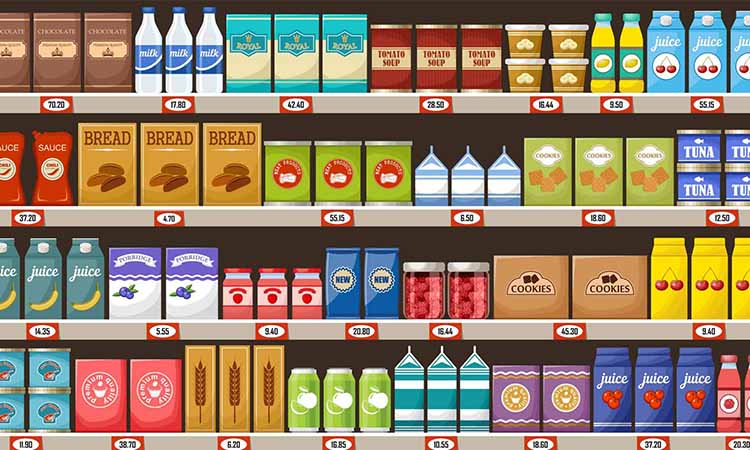 Tell us your material or budget, we'll reply you ASAP within 24 hours
Tell us your material or budget, we'll reply you ASAP within 24 hours

